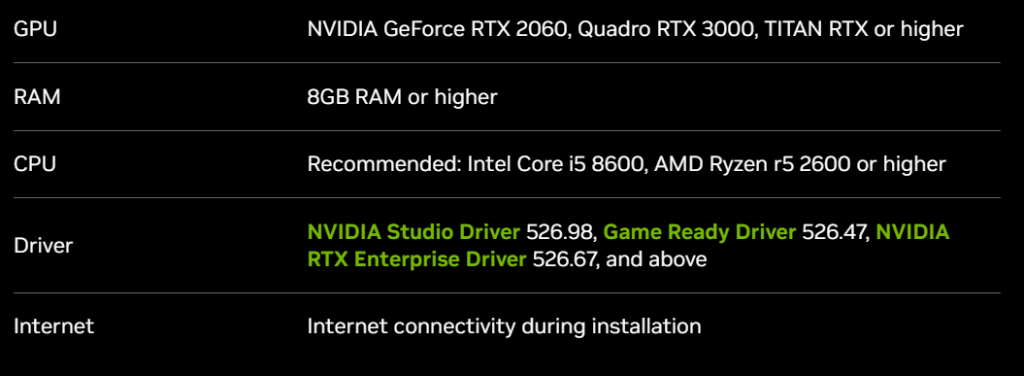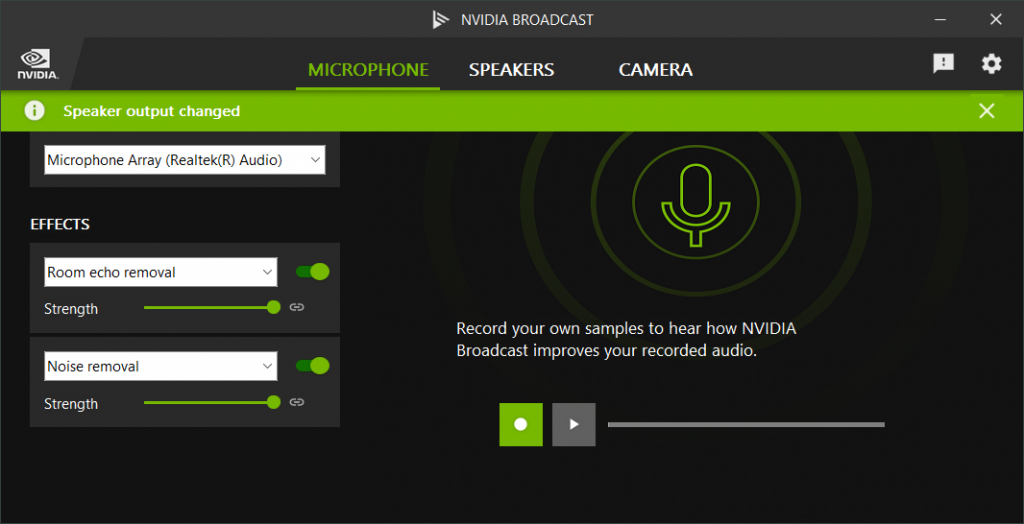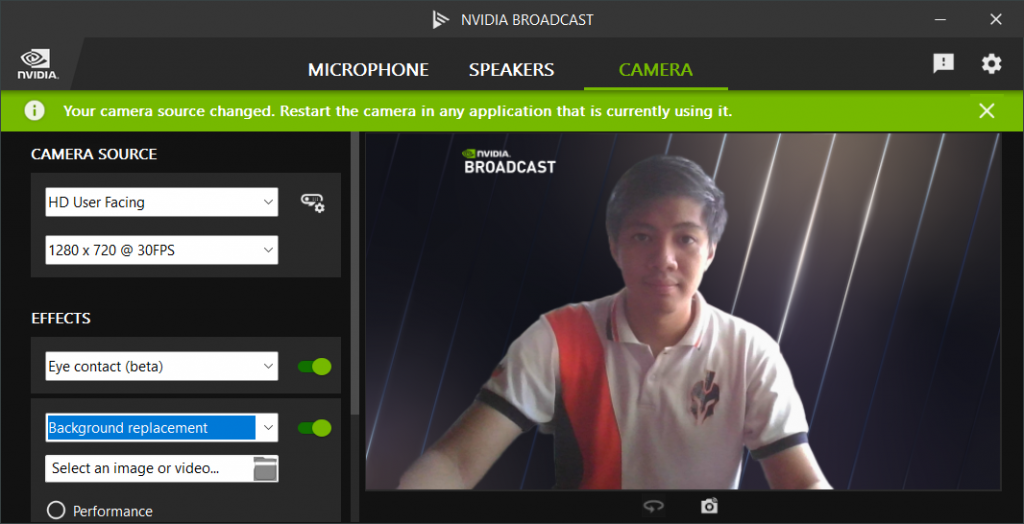The finest graphics cards from NVIDIA aren’t simply terrific for gaming, but that is undoubtedly their major use. The business is also unrivaled in its software ecosystem built around its GPUs, which caters to both work and pleasure.
The Studio initiative has received a lot of attention, in part because it came with a lot of flashy new laptops and software that many creative people use. NVIDIA Broadcast, on the other hand, I believe continues to go under the radar.
System Requirements:

NVIDIA Broadcast, which evolved from RTX Voice, is truly amazing in its capabilities. Whether you’re a content maker or spend a lot of time video conferencing, this is a must-have piece of software. That is, if you can use it.

NVIDIA Broadcast is divided into three components, each of which focuses on a distinct aspect of your audiovisual experience. The first is responsible for your microphone, the second for your speakers, and the third for your webcam. Each feature may be activated independently and used in conjunction with the others or on its own. It is quite simple to use NVIDIA Broadcast in any program that requires a microphone or camera; simply choose Broadcast as your hardware device instead of your actual microphone or webcam.
The AI background noise reduction for microphones is a unique feature. Prior to broadcast, there was RTX Voice, which was subsequently integrated with the other capabilities to become Broadcast. It is as simple as flipping on a toggle to enable it, and there is a sliding scale to select how much impact you want.

If you’re in a very loud environment, you can increase the volume, albeit this may have a greater overall impact on the quality of your microphone. Hence, if you’re in a less loud setting, you may reduce the volume while maintaining quality. But, you may test within the app before making any decisions. Depending on how noisy your room is, the effect will vary, but if background noise isn’t fully eradicated, it will be significantly muffled.
This sample demonstrates how fantastic it truly is. Recorded in a room with a fan running at maximum speed and music playing in the background.
It truly appears to be capable of blocking out anything other than your voice, and I’ve been able to use it on conference calls without turning off my fan or music without any of my coworkers hearing a thing.
The speaker part provides another location to test the effect, and it appears to work. Yet everyone who has ever spoken to me might be in a very quiet room! Given how effective the microphone noise filtering is, there’s little reason to doubt it’s operating properly.
The webcam tools are also quite good. It’s especially beneficial if you’re a streamer, but it’s also great if you just want to spice up your conference calls. The major functionality is to blur, delete, or replace your backdrop, and it performs an excellent job in each situation. It’s not ideal, but if your webcam is in a small box on a broadcast, it’ll be difficult to tell you’re not using hardware to achieve the effect.
If you look closely, you’ll find that around the margins of yourself, things become a little tricky, but it’s totally okay, and you have an option between quality and performance. An auto framing tool that will crop in as a faux zoom but will “move” as you walk to guarantee you stay in the center of the frame is a recent addition. That definitely accomplishes what it says, as my colleagues have pointed out. The other feature is video noise reduction, which is very useful for webcams since it helps footage seem smoother and less grainy. It’s similar to a webcam beauty filter.
Conclusion
This software should be on your Desktop if you have the necessary hardware and utilize a camera or microphone. It is unrivaled in its field, and the fact that it is absolutely free is the frosting on the cake. If you want to be a streamer but can’t afford a mirrorless camera, try this program to create a comparable appearance without spending any money.
It’s a shame that all of these functions can’t be used on earlier NVIDIA graphics cards, but sometimes technology gets in the way. I’ve been using NVIDIA Broadcast for a while now, and it’s one of the first programs I’d recommend to a streamer. It’s just incredible.
